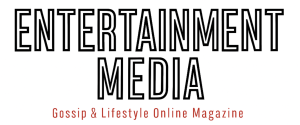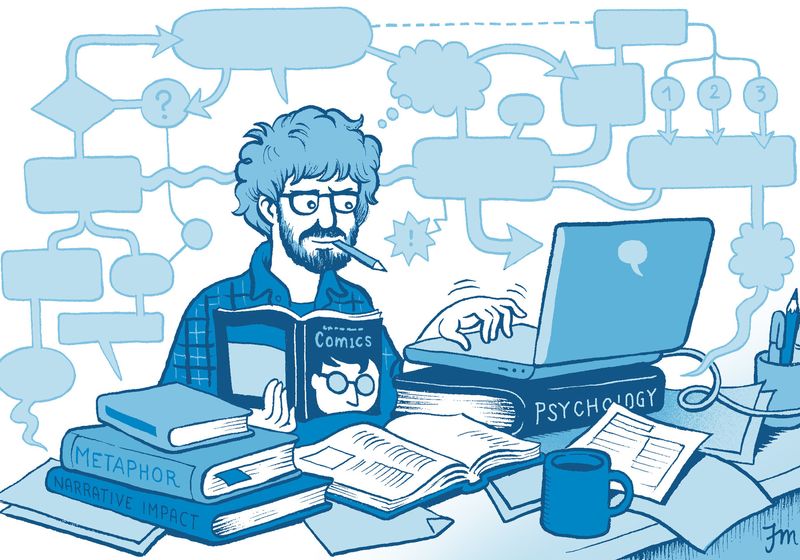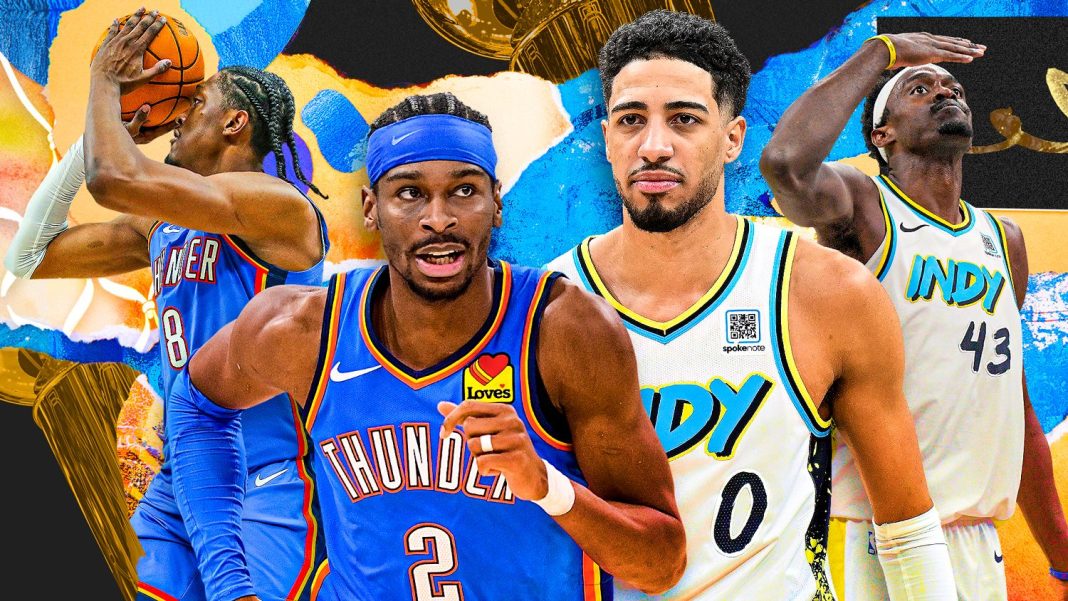Matteo Farinella, today a scientific multimedia producer at the Zuckerman Institute at Columbia University, always harbored a passion for drawing—particularly comics—and a love for science. For years, these interests ran in parallel: by day, he pursued a PhD in neuroscience; by night, he drew comics. After graduating in 2013, he and his colleague Hana Roš created Neurocomic, which is a science comic featuring black-and-white illustrations of a forest of neurons and more, designed to showcase the wonders of the brain.
As a scientific multimedia producer at Columbia University’s Zuckerman Institute, Matteo Farinella creates colorful and eye-catching illustrations.
Matteo Farinella
How did you become a science illustrator?
Neurocomic launched me toward a freelance career in science illustration and sparked my interest in using visuals to simplify complex topics and enhance learning and communication. Then in 2016, I joined a Columbia University fellowship exploring the use of comics and visual storytelling in science communication. When the program ended in 2019, a position for a scientific multimedia producer became available at the Zuckerman Institute. It was the perfect fit for my background.
What does your day-to-day look like as an illustrator?
I work with a communications team. When a scientist has a new paper or project coming out, our science writer usually interviews them and writes a press release. From there, my role can vary. I might create illustrations that visualize their findings, design animated explainers, or help with public-facing content.
One project I’m especially proud of is a comic series that highlights the origin stories of the scientists behind the research. It explores how they got started, what sparked their passion for their fields, and what drives them. It’s a great way to highlight the sense of community.
What advice do you have for trainees interested in this career?
If you’re curious about science communication or visual storytelling, a great place to begin is by creating visuals for your lab such as a cover image or a figure.
Here’s my best advice: Don’t wait for permission. If you love it, keep at it. Make a website and share your work online. Think of it as skill-building, not wasted effort. In science, we often wait to be invited or given permission to be part of a project, but that invitation might never come. Sometimes, you just have to start.
This interview has been edited for length and clarity.




